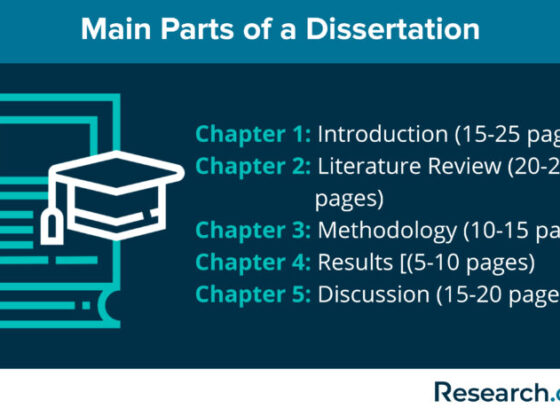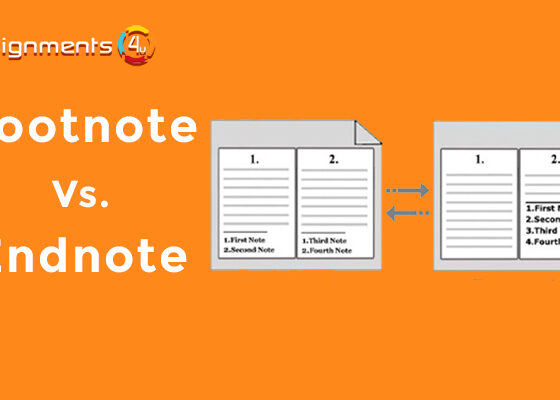How to Reduce Your Website’s Bounce Rates and Increase Conversions?
The very concept of online businesses or digital marketing initiatives solely depends on the creation of a dynamic website. Websites should be made operational to the best extent possible. It is the main reason that all entrepreneurs and companies try their best to develop and prepare websites that receive maximum visitors. Mere increased number of visitors won’t fulfill the purpose though. An important factor is that websites are made suitable for a constant visit of potential visitors and so are they perused and urged to take action—thus translate a buying decision into reality.
You would be desperately seeking for your website visitors as customers to fill in the online query form, sign up a newsletter and also happily share their contact addresses to leave ample room for you to remain connected with them in future. If you attain success in it, you are on the verge of bridging a new relationship thus a bond for business ignites. But, in case things go otherwise and your website isn’t noticed even though the visitors come on the page, you literally encounter the most frustrating experience while prospects bounce off even before taking any action.
Always remember that while visitors or prospects leave your website without taking any action, that means your bounce rate goes too high. Such scenarios thus cause too much harm. Indeed, a high bounce rate is considered as one of the major cases of conversion killing in the current perspective. If the majority of the visitors leave your website without taking any further action, then you don’t have a chance to convert them into a paying customer or a subscriber anymore. It is high time you plan a strong strategy to overcome such challenges.
Similar: How to Convert the Prospects into Paying Customers
What is Bounce Rate?

Bounce rates can be defined as the percentage of users who definitely land on the respective websites but leave them instantly without taking an action or going to a second page. It is their unwillingness to move ahead further, although they reach up to the website and so could they be a potential future customer. To avoid any such type of impromptu annoyances with an urge to stop the factors which prohibit your online business growth, you need to take concrete steps and strategies which halts bounce rate of your website pages. Take the help of Google Analytics besides the rest workable strategies to find an effective solution.
Ways to Minimize the Bounce Rate of Your Website
Is your bounce rate too high? Are you keen to reduce the high bounce rate which leaves a periling impact for which you aren’t ready? We share here some highly effective and proven methods to reduce the website bounce rate to increase the conversions as whose resultant impacts are definitely prosperity and growth.
1. Speed Up Your Website
Keep an eye on your website to assess intricate issues. Take for example, you must do an assessment to find out the on-page errors of your website. And, also ensure their rectification without any delay. If website speed is slow and takes lots of time to open, then there is an increased chance that its visitors would literally hit back in frustration to try the next one considering yours a naïve and unusable on.
Ensure that visitors don’t get tired of waiting while your website opens. While you assure them with a website having faster speed, chances are high that visitors will visit as many pages as possible, stay for some time with maximum probability for them to fill in the query form too. Neil Patel assesses that ‘47% of consumers expect a web page to load in 2 seconds or even lesser than that time’.
2. Make Your Content More Readable and Accessible
Majority of your readers would have no time or probably distracted too. That is why you should ensure only readable and scannable contents are prepared to let the readers develop their interest. Such a strategy will not only help them understand your key points quickly but also motivate them to take the decision faster. In order to improve the readability of contents, you must also consider suitable font sizes.
3. Use Internal Linking Creatively
Technical robustness has a causal relation with giving a newer boost to the websites. The logic is simple that as and when you plan for creative use of internal linking, it proves a perfect SEO strategy as well as a great way to reduce the website bounce rates. Keep doing the internal linking creatively. Instead of linking each term on your page, use internal links creatively to attain the desired results. While placing a link, you must ensure that the link is capable enough to help a reader in a specific way.
4. Open the External Links in a New Tab
While publishing a post, external linking strategy to the sources and the industry leaders remains a great idea for the long run. It not only improves the authority and credibility of a particular website but also increases the organic ranking. This is how you start availing the benefits. But, on the other hand, though, it can increase your bounce rate too if your readers leave the site instantly to cause permanent harm. If your external links open in another browser tab, then a reader or a visitor might return to that after checking out the external link.
5. Include Social Proof
Sometimes, your visitors and readers aren’t ready to make the purchase or provide you with their contact details just because you tell them to. They might not develop that confidence in your company then which you expect them to develop at that juncture. They would rather like to know more about your company and its products or services before willing to become familiar with you. Therefore, adding an element of social proof would surely help you prevent the new visitors from abandoning your website instantly. In order to build your credibility and to cement that reputation of yours, you must show your positive reviews, testimonials, industry affiliations and certifications and et al.
6. Blog Consistently
Your website must have a blogging section where you mandatorily update the blogs regularly. HubSpot reveals that all those companies blogging consistently do generate 126% more leads than those don’t practicing such trends. Generate high quality, fresh and well-researched blog contents for your readers. Apart from reducing the bounce rates and engaging your readers, blogging equally proves pivotal to improve the ranking of your website.
7. Be Mobile-Friendly
In this era of smartphones, tablets and similar other smart gadgets, your website should have the features to be optimized for the mobiles. Research has confirmed that more than 50% of all Internet users now consume contents on their mobile devices. So, when building a website, company owners need to keep mobile friendliness in their mind.
8. Update Your Outdated Contents
Alike rest things, your website contents too get old with the time. You must update the old posts and also make them relevant and up-to-date for your readers every now and then. It will definitely lower your website bounce rate besides helping to improve organic ranking. Once you do that, share such posts on social media to grab the attention of your prospects.
Conclusion
Your efforts, time, money and resources would literally go in vain if you fail to reduce the website bounce rates. We discussed above 8 vital points. Keep them into consideration while developing your strategies. Always try to understand the psychology of your prospects and peruse them to take action through the best of the motivational factors possible.
Contents in the websites do play a vital role in lowering the bounce rates. So, make sure that your website content pages are written professionally and creatively too by the skilled and experienced professionals. Professionals will create contents meticulously which would coax the visitor readers to take action. And, at the same juncture, they must appeal to the search engines to consider for giving priority.
For the SEO friendly and engaging landing page contents, you may prefer a professional company that has remarkable solutions. Feel free to write us back if you have something to share on how to reduce your website bounce rate.












